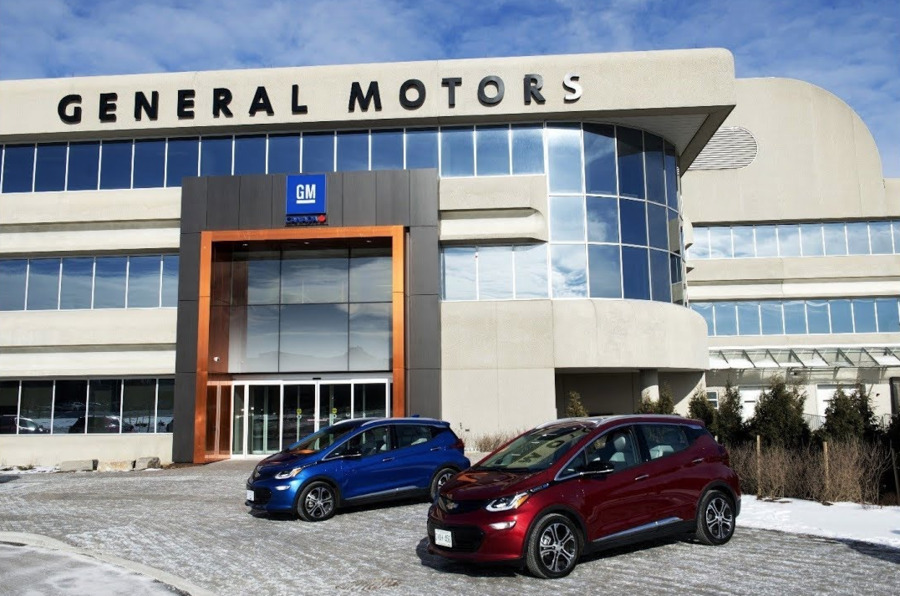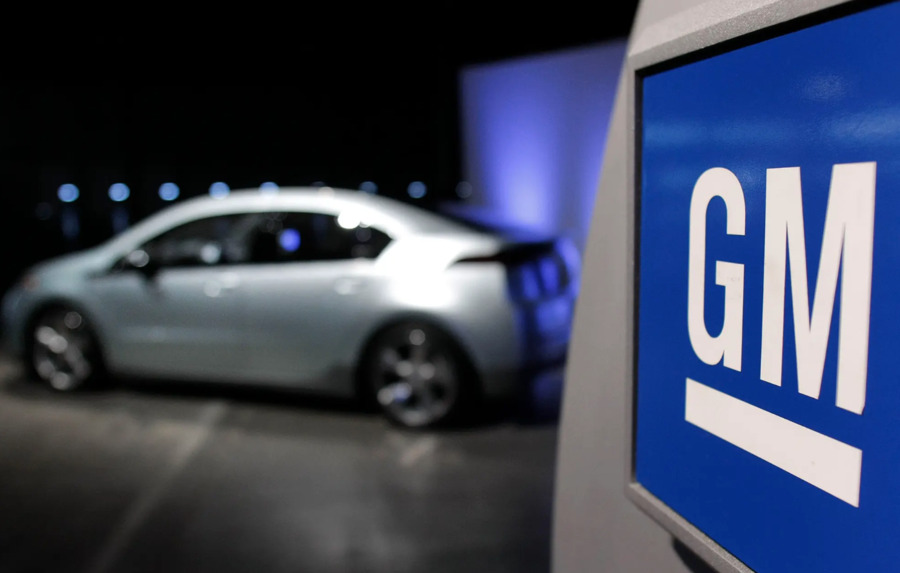Founded in 1908, General Motors (GM) has risen to become one of the largest and most influential automobile companies in the world. From its inception, GM was envisioned as a conglomerate capable of providing a variety of automotive products under one corporate umbrella, an ambitious idea that would revolutionize the industry.
The Founding of General Motors
General Motors was established through the visionary efforts of William Crapo Durant, who sought to consolidate multiple smaller automobile manufacturers into a single entity that could compete more effectively against the dominance of Ford. Initially, GM encompassed several well-known brands such as Buick, Oldsmobile, Cadillac, and later included others like Pontiac (originally known as Oakland), Ewing, Marquette, Reliance, and Rapid Trucks. This strategic amalgamation was aimed at covering every niche in the burgeoning automotive market, from luxury vehicles to commercial trucks.
The Role of William Crapo Durant
William Durant played a pivotal role in the early expansion of GM. His strategy centered around acquisitions and rapid growth, but it also led to significant financial challenges. In the pursuit of dominating the automotive market, Durant aggressively acquired companies, which, while expanding GM’s portfolio, also led to substantial debt. Despite these challenges, Durant’s foundational work laid the groundwork for GM’s later success.
Early Growth and Financial Challenges
In its nascent stages, GM quickly found success, selling 25,000 cars in 1909 and increasing sales by 60% in 1910. However, this rapid expansion came with growing pains. The company faced severe investment and debt issues, largely due to Durant’s aggressive growth strategy. By 1910, financial instabilities led to Durant temporarily stepping down, necessitating a reorganization to stabilize the company’s finances.

Influence of Charles Kettering
Charles Kettering, an inventor and engineer, significantly contributed to GM’s success by developing innovations such as the electric self-starter, first introduced in the 1912 Cadillac. This technology revolutionized the automotive industry, making vehicles safer and more user-friendly. Under Kettering’s leadership in research and development, Cadillac became a symbol of American success and luxury, helping GM capture about 12% of the U.S. car market.
GM’s Dominance by 1940
By 1940, General Motors had surpassed its rivals, Ford and Chrysler, becoming the leading automaker in the United States. The company’s portfolio at this time boasted major brands including Cadillac, Pontiac, Buick, Chevrolet, Oldsmobile, and Fisher Body. GM’s strategy of diversification and innovation had positioned it as a powerhouse in the automotive industry.
Post-World War II Expansion
Following World War II, GM emerged stronger, benefiting from the economic boom that increased demand for automobiles across America and globally. During this period, GM expanded its global footprint, innovated with new designs and technologies, and solidified its position as a leader in the automotive market.
Challenges and Innovations in the 21st Century
The turn of the century brought significant challenges for GM, especially in 2007 when the company faced its largest financial losses due to economic downturns and issues with tax authorities. The situation was so critical that it required intervention from Congress in the form of financial aid, which helped GM avert production cuts and potential bankruptcy.
In 2012, GM made headlines by appointing Mary Barra as CEO, marking the first time a woman had led a major automotive company. Under her leadership, GM has continued to innovate and adapt to the changing automotive landscape, focusing on electric vehicles and sustainable technologies.
GM’s Lasting Innovations
GM has been a pioneer in automotive technology, introducing many industry firsts:
- Automotive Air Conditioning
GM introduced the first air conditioning system in cars, significantly enhancing passenger comfort. - Fully Automatic Transmission
Revolutionizing how cars were driven, making driving accessible to a broader audience. - Rigid Car Body Top (1949)
This innovation provided increased safety and vehicle integrity.
4.Plastic Load-bearing Body (Chevrolet Corvette, 1953)
Introduced a new era of lightweight and efficient vehicle design.
5.Flashing Turn Signals
Enhanced safety with signals that also automatically turned off after a turn.
Today’s General Motors
Today, General Motors continues to be a major player in the global automotive industry, with brands like Chevrolet, GMC, Cadillac, and Buick known for their quality, innovation, and performance. GM vehicles are celebrated for their robust part quality, precise manufacturing, and wide model range that includes everything from small cars to powerful SUVs.

General Motors in Dubai
In Dubai, those interested in experiencing the luxury and performance of General Motors vehicles can turn to almizanrentacar.ae. Whether for business or pleasure, vehicles like the Chevrolet Tahoe Z71 2022 is available for rent, priced at 4570 UAE dirhams for a week and 699 UAE dirhams for a day, respectively. The Cadillac Escalade can also be rented for 10985 UAE dirhams per week or 1700 UAE dirhams per day, offering premium comfort and style.
General Motors’ journey from a conglomerate of small car manufacturers to a titan of the automotive industry is a testament to its resilience, innovation, and commitment to quality. As it moves forward, GM continues to shape the future of transportation with its forward-thinking approaches and dedication to automotive excellence.

I am a Junior Web Developer for Oswald Technologies. I am an accomplished coder and programmer, and I enjoy using my skills to contribute to the exciting technological advances that happen every day at Oswald Tech.
